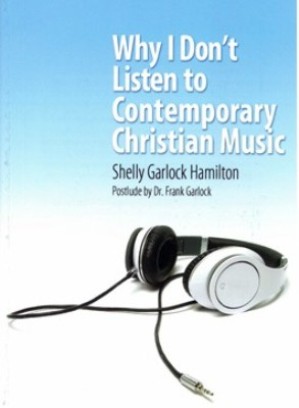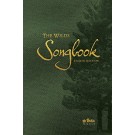Most Bible students understand that the New Testament writers extensively use the Old Testament in their writings. In my dissertation research, I examined the Index of Quotations and the Index of Allusions and Verbal Parallels provided in UBS3. I then examined the corresponding index in NA27. Because the UBS text treats the quotations separately from the allusions and verbal parallels, I compiled the data from the indices for all the Old Testament passages that are used frequently by the New Testament writers. From that study, I discovered a key aspect of this topic, which I treated as follows in a footnote in my dissertation:
“Daniel 7 is the single chapter in the Old Testament that is the most used by the New Testament writers (5 quotations and 39 allusions and verbal parallels for a total of 44 times that the chapter is used in the New Testament.) UBS3, 897-911 The second most referenced chapter, Isaiah 53, is quoted six times and cited by allusion or parallel 32 times for a total of 38 citations. Ibid. While differing with UBS3 on the total number of citations for each chapter, NA27 also presents Daniel 7 and Isaiah 53 as the two most cited chapters in the New Testament: Daniel 7 (56x) and Isaiah 53 (41x). “Loci Citati Vel Allegati,” in NA27, 792, 797.”
Prior to doing my research, had I been asked what Old Testament chapter is the most used by the New Testament writers, I would never have guessed that it would have been Daniel 7. Despite many years of Bible study and extensive undergraduate and graduate coursework in religion, I was unaware of the exceeding importance of this chapter for understanding the New Testament. To my great delight, my study showed that this supremely important chapter highlights truths of vital importance to my dissertation topic!
Reading the New Testament with the cardinal importance of Daniel 7 in mind sheds important light on many key aspects of the New Testament, including Jesus’ use of “Son of Man” more often than any other self-designation. Bringing extensive data from the Septuagint into the picture adds further to this rich and rewarding study!
Copyright © 2011-2025 by Rajesh Gandhi. All rights reserved.







